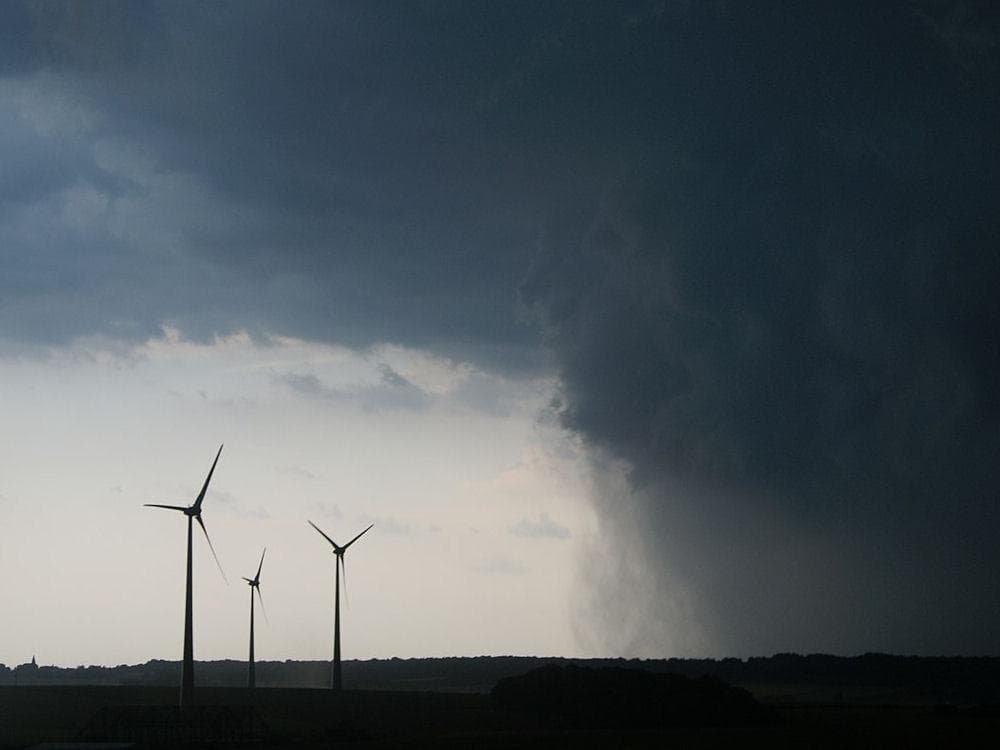Climate skeptics question assertions and projections which are not based on, or are in conflict with, observations and data. These are the common bases for skepticism regarding "adjusted” near-surface temperature measurements, “adjusted” sea surface temperature measurements, conflicting sea level rise measurements and multiple unverified and unvalidated climate models. They are also the common bases for skepticism regarding assertions of a “climate crisis”, “climate emergency” or “existential threat”.
Climate alarmists dismiss this skepticism as “climate denial” or “climate change denial", or label the skeptics as “anti-science“. However, skepticism is essential to the advancement of science and human understanding.
Climate alarmists claim to be able to detect the influence of anthropogenic CO2 emissions in a broad variety of weather and climate events, including: hurricane frequency, intensity and speed; tornado frequency and intensity; heat and cold waves; drought frequency and severity; and, flooding frequency and severity. They project that hurricanes will become more frequent and stronger and that they will advance more slowly, increasing precipitation in their paths. They also project that tornadoes will become more frequent and stronger and that tornado swarms will become more common. These assertions of detection and projections are typically the result of model-based attribution studies and climate model projections.
Let us suspend skepticism and consider the implications of these assertions for a renewable plus storage US energy system. Roger Pielke, Jr. and Bjorn Lomborg, among others, have determined that the increasing costs of damage caused by extreme weather events are largely the result of increased investments in infrastructure in areas historically prone to extreme weather and to the increasing value of those infrastructure investments with increasing GDP.
It is uncommon for energy generation and production infrastructure to be severely damaged by extreme weather events, though damage to electric transmission and distribution infrastructure is far more common. This is, in part, the result of the relatively limited number of generation and production facilities and of the structural design of these facilities.
A US renewable plus storage energy system composed of a mix of on-shore and off-shore wind and ground-mounted solar photovoltaic collector panels would dramatically increase the number of electric generation sites and the area occupied by those generation sites, significantly increasing the exposure of energy generation infrastructure to extreme weather events. The renewable plus storage energy system would also require major transmission infrastructure expansion to connect the numerous, dispersed generators to the existing electric grid.
Professor Michael Mann has suggested that the Saffir-Simpson Scale used to categorize hurricane strength be expanded from the current 5 categories to 6 categories in anticipation of stronger future hurricanes resulting from projected climate change. The Biden Administration has announced its intent to incentivize the installation of 30 GW of offshore wind turbine generating capacity off the East and Gulf coasts of the US. This raises the question of the ability of these offshore wind turbines to withstand the impact of Category 3-5, no less Category 6, hurricanes with sustained wind speeds of up to 200 miles per hour.
There have also been suggestions that tornadoes of greater than F5 strength might be in our climate change future. However, the Fujita scale already extends to F12, though it is generally accepted that virtually nothing is left standing in the path of an F5 tornado with wind speeds of 260 – 318 miles per hour. A combination of increased generation infrastructure occupied land area and increased tornado frequency and intensity would likely increase the frequency and extent of damage to renewable generation infrastructure.
